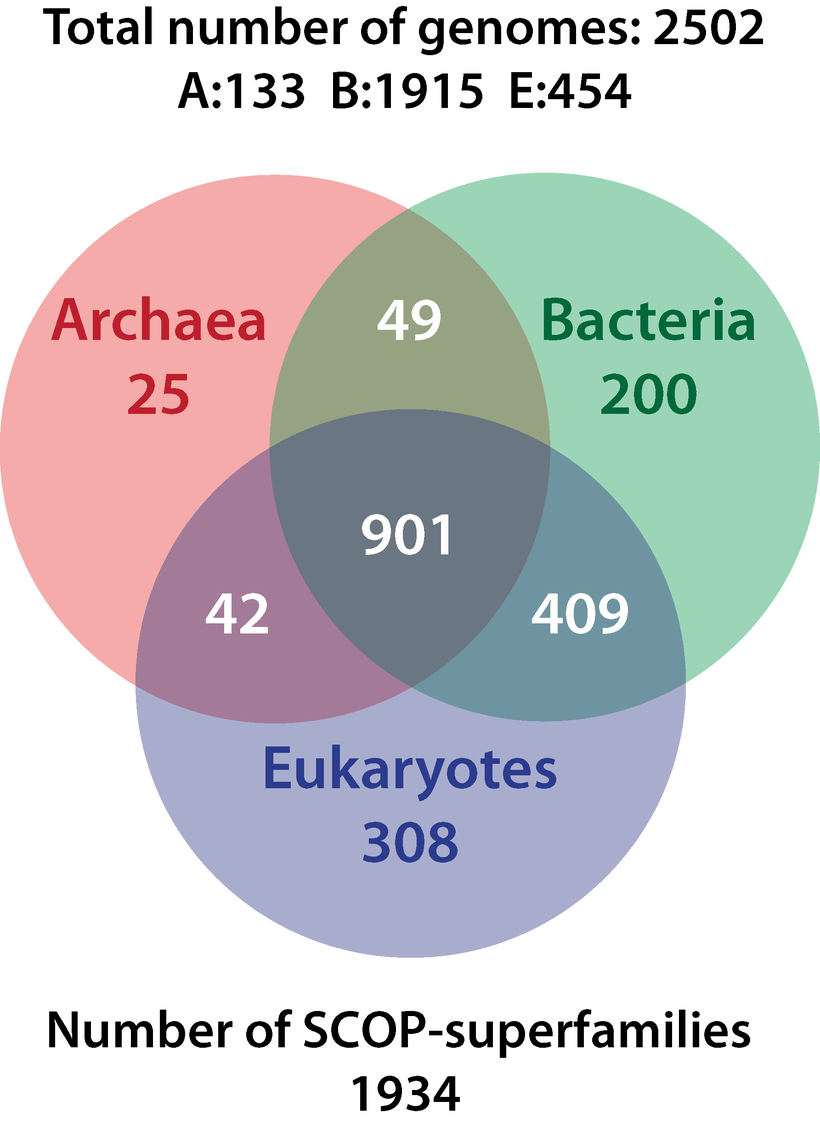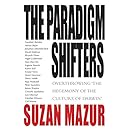 From science writer Suzan Mazur, author of Paradigm Shifters, at Huffington Post:
From science writer Suzan Mazur, author of Paradigm Shifters, at Huffington Post:
I recently had a three-way phone conversation with Swedish deep evolution investigators Charles Kurland and Ajith Harish about their phylogenomic Tree of Life (ToL) based on protein structure, which shows that we are descended from a “complex” ancestor — MRUCA (most recent universal common ancestor) — not a simple bacteria. Kurland and Harish think a ToL paradigm shift may be in order. What’s more, Kurland and Harish figure that MRUCA was not the first ancestor, but represents complex survivors of a now-extinct biosphere.
The findings of Kurland and Harish challenge not only mainstream ToL perspectives, but also those of endosymbiosis hypothesis fans, as well as the “HGT industry” — as Kurland describes the inflated role he sees assigned to lateral gene transfer in evolution.
…
Charles Kurland: There’s a commonality between archaea, bacteria and eukaryotes. The universal common ancestor is the root of eukaryote and akaryote lineages and it contains more than a thousand superfamilies!

The other really remarkable thing, the thing that really stunned us is that there were people before us who had seen this also and at the time were totally ignored. The people I have in mind are Christos Ouzounis and his collaborators from Cambridge. They recognized that the universal common ancestor was a very complex ancestor. It is apparently a very big genome. But, now I have to qualify that. We cannot say more than that the universal common ancestor is a population. We don’t know how it is structured. We have no idea how many species/populations are in that ancestor.
The researchers think that Snowball Earth was a key factor but…
Charles Kurland: It’s not simply Snowball Earth. It’s Snowball Earth that recovers in a volcanic period where temperatures go off-scale. It’s not clear what the crunch is, whether it’s the Snowball ice, per se, or what some people say is a Slushball. It’s not necessarily the low temperatures that are killing off the preexisting organisms. It can be the recovery. The volcanism can drive the temperatures up so high that much on this surface cannot survive.
The other thing is this. If you look at the fossil remains, at the micrographs that the paleontologists can produce — it’s very interesting. They have by microscopic examination what they very tentatively identify as bacterial groups. But actually identifying bacteria in rocks as fossils is a tough game, and I think that none of those identifications are worth the paper they’re printed on. More.
In the biosphere we know, there was probably never any such thing as a “simple” cell, which is the likely reason the innumerable “it all comes down to” theories of the origin of life don’t work. But now, how can we research pre-Snowball Earth?
Note: These excerpts are from Part I of Mazur’s interview, “Kurland & Harish Rethink Deep Evolution”. Here is Part II.
See also: Origin of life: Do L-form bacteria hint at origin of primordial cells? So then the ability to switch back and forth is a form of stasis from earliest times?
Origin of life: Iceball Earth is back
Maybe if we throw enough models at the origin of life… some of them will stick?
What we know and don’t know about the origin of life
Follow UD News at Twitter!